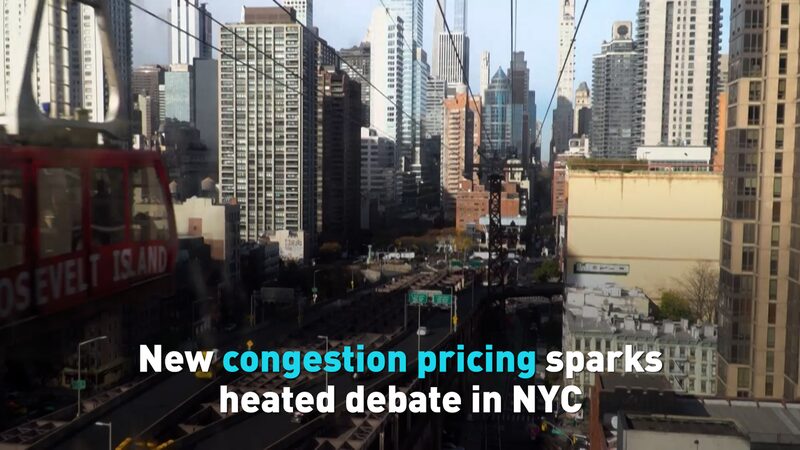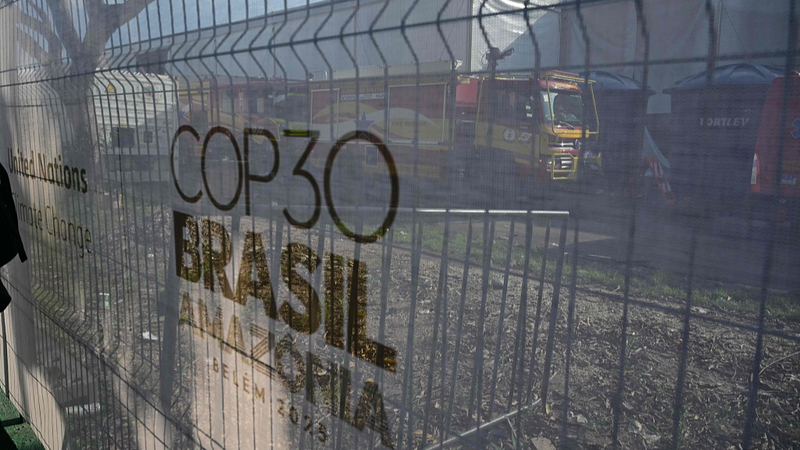After nearly two decades of discussion, New York City has finally rolled out its congestion pricing system this month. The new policy imposes a $9 toll on private vehicles entering the Central Business District (CBD) during peak hours. This initiative aims to reduce traffic congestion, improve air quality, and generate revenue for public transportation projects.
Commercial vehicles are not exempt from the new fees, facing even higher charges to ensure that all contributors to traffic are accounted for. Additionally, taxis and ride-hailing services such as Uber and Lyft are also affected, with specific rates tailored to their operations within the CBD.
The introduction of congestion pricing has ignited a spirited debate among New Yorkers. Proponents argue that the policy will lead to a significant decrease in traffic jams and promote the use of public transit, benefiting the environment and the overall quality of life in the city. They also highlight the potential economic advantages, with funds reinvested into the city's transit infrastructure.
On the other hand, some residents and businesses express concerns about the financial burden on drivers and the possible impact on local commerce. There are fears that the additional costs might deter visitors and create challenges for daily commuters who rely on private vehicles.
As NYC navigates this major shift in its transportation policy, the coming months will be crucial in assessing the effectiveness and public reception of congestion pricing. The city’s experience could serve as a model for other metropolitan areas grappling with similar urban mobility issues.
Reference(s):
cgtn.com




